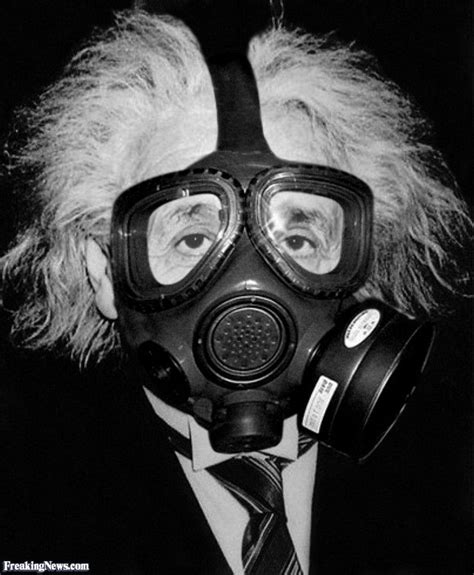Silica dust exists in both inhalable and respirable forms, but it is respirable crystalline silica (RCS) – the smallest, most dangerous particles – that pose the greatest health risk. These microscopic airborne particles are released during activities such as cutting, drilling, or grinding stone and bricks.
As they are small enough to reach deep into the lungs, prolonged exposure to RCS can lead to irreversible respiratory diseases, including silicosis, lung cancer, and chronic obstructive pulmonary disease (COPD). In recognition of the growing health crisis, law firm Irwin Mitchell launched the Silica Exposure Register in 2024 to track affected workers and highlight the urgent need for stronger workplace protections.
Silicosis on the rise
Alongside asbestos-related illnesses, silicosis is one of the most common diseases in the construction industry. The condition is caused by the accumulation of silica dust in the lungs, leading to scarring and fibrosis. Sufferers will find breathing difficult, with the effect continuing to develop after exposure has stopped. The majority of sufferers become house- or bed-bound, with premature death from heart failure common.
Most recently, there has been a rise in silicosis-related cases in India. It is projected that the number of silica-exposed workers in India will grow from 11.5 million in 2015 to 52 million by 2026. To save lives, stronger occupational health policies and improved worker protection will be critical to mitigate the impact of silicosis. Countries like Australia have already moved to ban engineered stone due to its high silica content, and experts are calling for more countries to adopt similar policies.


